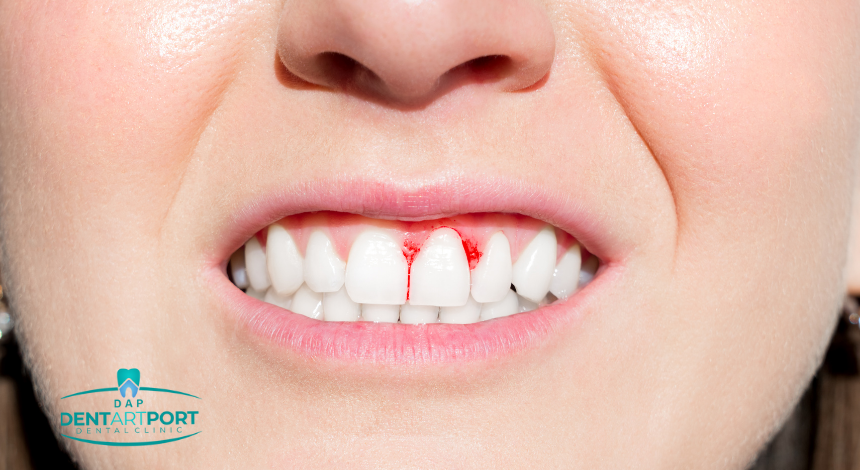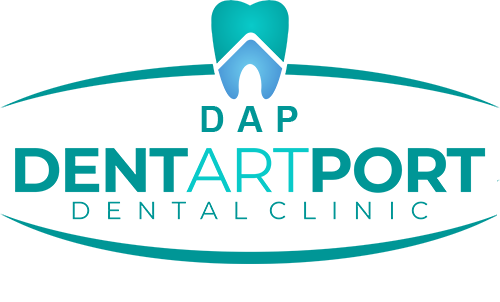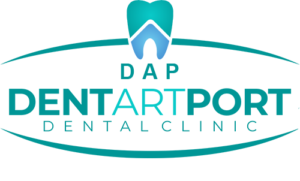
Gum diseases (periodontal disease) is an infectious disease that affects the tissues surrounding and supporting the tooth, not the tooth. Even teeth that have no caries can be lost due to this disease. Periodontal diseases can affect one or more teeth; It is the most common chronic disease in the society that can be seen in children, adolescents, adults and the elderly.
Why do gum diseases occur?
In each individual, soft bacterial layer accumulation called microbial dental plaque is observed on all tooth surfaces, between teeth and at the tooth-gingival junction. When this plaque cannot be sufficiently removed with a toothbrush and dental floss, an environment that allows harmful bacterial species to live is formed and harmful bacteria gradually multiply.
The harmful substances produced by bacteria cause inflammation in the gums and melting of the bone surrounding the teeth. In addition, microbial dental plaque hardens over time and turns into dental calculus. More plaque accumulates on the calculus, which has a rough structure, and the progression of gum disease accelerates.
How is gum disease treated?
Periodontal treatment aims to cure the diseases of the soft and hard tissues surrounding the teeth and to correct the destruction caused by these diseases. For this reason, the first step of the treatment is to clean the dental plaque, which is the main factor of the disease, by the patient using a brush / dental floss / interface brush and to remove the deposits on the teeth with special tools by the dentist. This stage, called initial treatment, is the basis of periodontal procedures. It can be a stand-alone treatment method in simple gingivitis, or it is used in preparation for periodontal operation in advanced cases.
When targeting new bone formation, which is usually done under local anesthesia in order to treat inflamed gingiva, enlarged gingiva, receding gingiva, cavities (pockets) between teeth and gums due to the melting of the jaw bones, and bone resorption, auxiliary biomaterials (bone powder) are used. , membrane, etc.) are used in the surgical procedures are called “periodontal operation”.
Periodontal operations may only concern the gums or all tissues surrounding the teeth. If the disease only concerns the gums, the enlarged gums are cut and removed from the oral environment, a different operation is performed when it progresses to the deep tissues and bone resorption occurs. The gingiva is lifted, the inflamed tissues are cleaned, the bone is straightened or various biomaterials are applied to form new bone.
Then the gum is placed and sutured to cover the bone and the tissue is left to heal. After 1 or 2 weeks, the stitches are removed. After the operation, controls are required every 3-6 months. Elimination of inflammation with the treatment, stopping the progression of the disease, formation of an oral environment in which the patient can clean himself effectively
, and in the use of biomaterials, the destruction as a result of the disease
tissue remodeling is expected. As a result of all these, people keep their natural teeth
in their mouths to function for many years.

